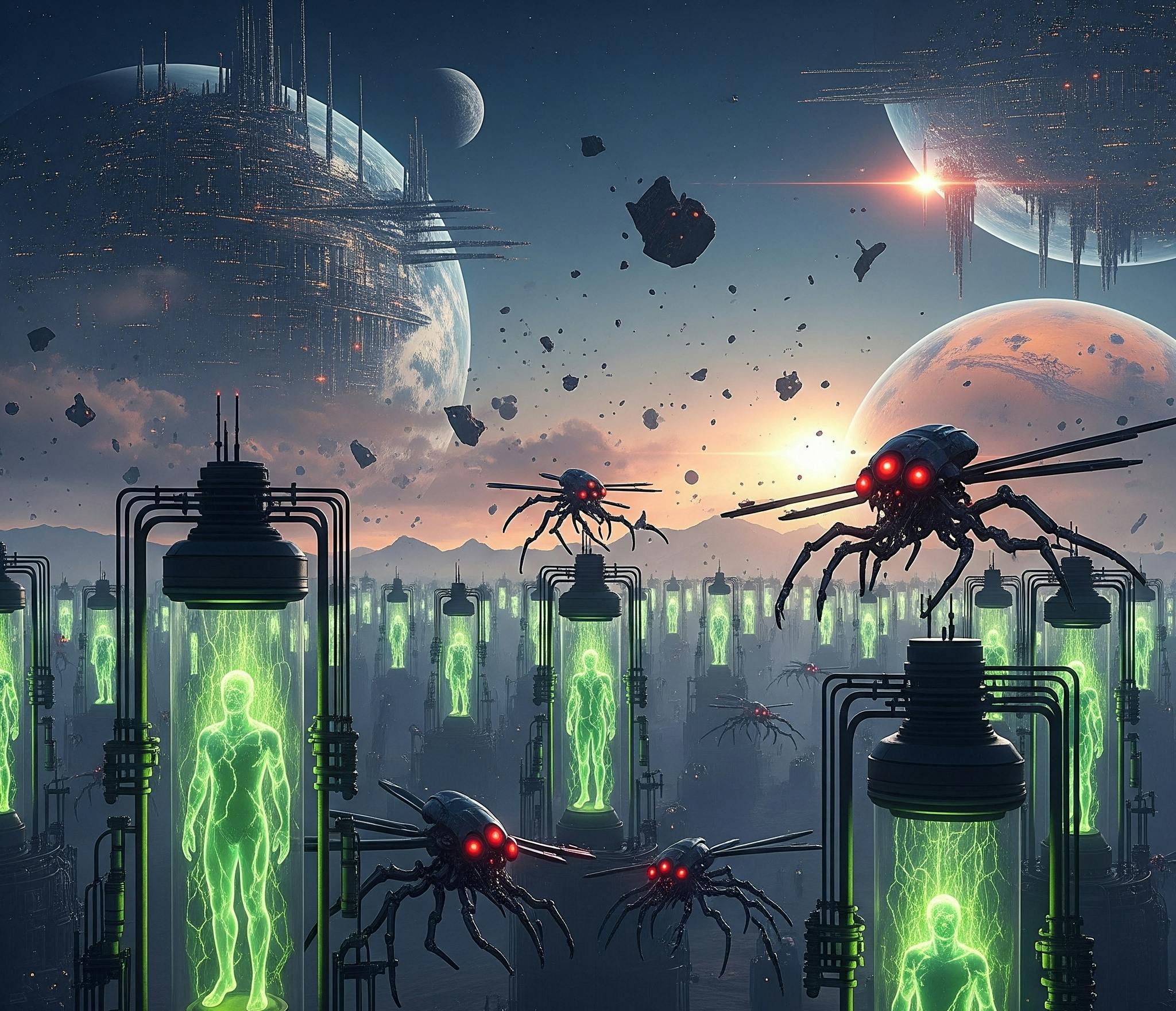In today’s fast-paced digital world, the way we communicate has drastically shifted, with visual content emerging as one of the most powerful tools for capturing attention and conveying information.
Infographics and videos, in particular, have become central to how brands, educators, and individuals engage with audiences. The human brain processes visuals 60,000 times faster than text, making them a highly effective way to communicate complex ideas quickly and clearly.
Visual content not only grabs attention but also helps simplify complicated information, making it more accessible and memorable. Infographics, which visually represent data or concepts, offer a concise way to present facts, while videos create dynamic and engaging storytelling experiences that can elicit emotional responses.
Together, these visual formats enhance audience engagement, improve understanding, and increase retention. As consumers increasingly turn to platforms like YouTube, Instagram, and TikTok, the importance of leveraging visuals in marketing and communication strategies has never been more crucial.
This article explores the power of infographics and videos, offering insights into their impact on audience engagement and providing practical tips for using these tools effectively. Whether for educational, marketing, or entertainment purposes, visual content is now a key driver of success in connecting with audiences.
The Role of Visual Content in Communication
Visual content plays a crucial role in communication by enhancing how information is received, processed, and retained. The human brain processes visuals 60,000 times faster than text, making them an effective way to convey messages quickly and efficiently.
This rapid processing ability allows visuals, such as images, infographics, and videos, to capture attention and communicate complex ideas in a way that words alone often cannot.
Moreover, visuals are processed in the brain’s right hemisphere, which is responsible for emotions, making them a powerful tool for evoking emotional responses. This emotional connection can foster engagement, build brand loyalty, and drive action.
People are more likely to remember and share information when it is presented visually, as it activates both the cognitive and emotional centers of the brain. Visual content also simplifies complex information, making it easier to understand and recall.
Image Source
For example, infographics break down data into digestible chunks, while videos can demonstrate processes or stories, creating a more immersive experience. In today’s fast-paced digital world, where attention spans are shorter, visual content allows communicators to stand out and make a lasting impression. It also helps bridge language barriers, ensuring that messages reach a global audience.
Infographics: Simplifying Complex Information
Infographics are a powerful tool for presenting complex information in a visually engaging and easily digestible format. By combining text, data, and visuals, infographics simplify the understanding of intricate concepts, making them accessible to a broader audience.
With their ability to condense large volumes of information into concise, visually appealing elements, infographics can turn dense statistics or technical details into something more relatable and memorable.
The benefits of using infographics are vast. First, they facilitate quick information delivery—viewers can absorb key insights at a glance. This is especially useful in a world where people often skim content.
Secondly, infographics promote clarity. When complex data is presented in a graphical format, such as charts or diagrams, it enhances understanding and reduces the potential for confusion. This clarity also makes infographics more likely to be shared, increasing their reach and impact.
Infographics come in various forms, including statistical, timeline, and process-based formats. Each type serves a different purpose, whether it’s displaying data trends, illustrating a historical progression, or explaining a step-by-step process. Such infographics can easily be created using AI image prompts.
To be effective, infographics must focus on simplicity, consistency, and clear messaging, ensuring that viewers grasp the intended message without feeling overwhelmed by too much detail.

Image Source
Videos: A Dynamic Medium for Storytelling
Videos are an incredibly powerful tool for storytelling, offering a dynamic way to capture attention and evoke emotions. In an age where digital content is consumed at an all-time high, videos provide an engaging medium that combines visual, auditory, and sometimes even interactive elements to tell a story in a compelling way. This combination allows videos to deliver information more effectively and memorably than static content, such as text or images.
One of the key strengths of video is its ability to create a deeper emotional connection with the audience. Through elements like music, voiceovers, and facial expressions, videos can evoke emotions such as joy, empathy, or excitement, which are harder to convey through other mediums. This emotional engagement leads to stronger viewer retention and a higher likelihood of sharing. Additionally, using a Video to Text AI tool allows creators to generate captions or transcripts automatically, enhancing accessibility and improving SEO performance.
Additionally, video storytelling is versatile. Whether it’s a short explainer video, an immersive product demonstration, a heartfelt customer testimonial, or a behind-the-scenes look at a company, videos can adapt to various purposes. For instance, a brand might create a product demo video showcasing the warmth and versatility of a merino wool beanie during winter activities.
With video platforms like YouTube, TikTok, and Instagram dominating social media, videos also have the advantage of being easily shareable, amplifying their reach.
Ultimately, video’s combination of storytelling power and accessibility makes it a vital tool for creating memorable, engaging, and shareable content that resonates with audiences.
Infographics and Videos in Marketing
Infographics and videos have become vital tools in digital marketing due to their ability to communicate complex information quickly and engagingly. Infographics allow businesses to present data, statistics, and key messages in a visually appealing format, making it easier for audiences to grasp and retain information.
They are especially effective for sharing research findings, industry trends, or step-by-step guides. By simplifying content and organizing it visually, infographics increase shareability and engagement, making them ideal for social media, blogs, and email newsletters. If you’re planning to sell electronic products online, infographics are especially useful for showcasing technical specs and comparisons in a clear and engaging format.
Videos, on the other hand, create a dynamic and personal connection with audiences. They are highly effective for storytelling, product demonstrations, and showcasing brand culture.
Video content is also more likely to go viral, boosting visibility and reach. Whether through explainer videos, tutorials, or customer testimonials, videos humanize brands, allowing them to build trust and authenticity with their audience. Moreover, platforms like YouTube, Instagram, and TikTok prioritize video content, further amplifying its importance.
Marketing campaigns that combine both infographics and videos can create a more comprehensive content strategy. By using infographics to present data and videos to tell stories, brands can provide diverse content that caters to different learning styles, ultimately driving better engagement and higher conversion rates. Successful examples include product launches, viral campaigns, and educational content.

Image Source
Integrating Infographics and Videos into Your Strategy
Integrating infographics and videos into your content strategy is essential for creating a cohesive and engaging experience for your audience. The key to success is choosing the right type of visual content that aligns with your message and resonates with your target demographic. Infographics work best for simplifying complex information, such as statistics, timelines, or processes.
They are ideal for quick reference and can be easily shared on social media or embedded in blog posts. Videos, on the other hand, are powerful tools for storytelling, offering emotional engagement and deeper connections with your audience.
They are particularly effective for tutorials, product demonstrations, and brand storytelling. To maximize impact, combining infographics and videos can create a holistic content experience.
For instance, an infographic could summarize key data, while a video dives deeper into the story or process behind that data. When integrated, these formats reinforce each other, providing variety and enhancing the overall message.
Tools like Venngage, Canva, Adobe Spark, and Powtoon can simplify the creation of both infographics and videos, allowing even small businesses or individuals to produce professional-quality content.
Additionally, be mindful of platform-specific requirements (e.g., video length or image size) to ensure your visuals are optimized for each channel, from social media to email campaigns.
Final Thoughts on the Power of Visual Content
In conclusion, visual content, including infographics and videos, has become an essential tool for engaging modern audiences. Its ability to simplify complex information, convey emotions, and enhance memory retention makes it a powerful medium for communication.
Infographics, with their clear, concise, and visually appealing design, allow for quick understanding and can transform intricate data into easily digestible insights.
Meanwhile, videos offer dynamic storytelling capabilities that forge stronger emotional connections and generate higher engagement, particularly on social media platforms.
Together, these forms of content not only capture attention but also create memorable experiences for viewers, leading to better retention and action. As the digital landscape continues to evolve, the demand for high-quality visual content will only grow, presenting new opportunities for brands and communicators to connect with their audiences. By integrating infographics and videos into content strategies, businesses can ensure they remain relevant and impactful in an increasingly visual-driven world.
The key to success lies in knowing how to effectively use these tools—tailoring visuals to your message, audience, and platform—to maximize engagement and drive results. The future of communication is undoubtedly visual, and those who embrace this shift will be poised to thrive in an ever-changing digital environment.










